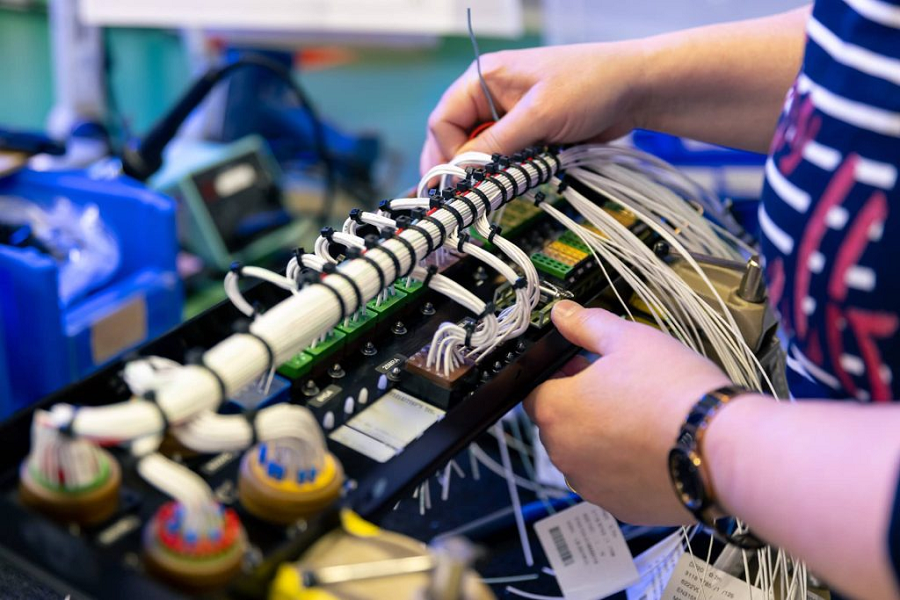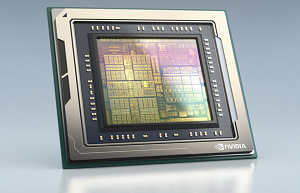Today, laboratories across various industries rely heavily on precise and reliable equipment to push the boundaries of discovery. One of the key components in advancing laboratory research and development (R&D) is the integration of advanced sensors with electromechanical assemblies.
These sophisticated systems empower researchers to collect critical data, automate processes, and enhance experimental accuracy. This combination of technology is transforming the way scientists work, providing them with the tools they need to innovate in fields ranging from biomedical science to industrial applications.
The Role of Sensor Integration in Laboratory R&D
Sensors are essential components in laboratory equipment, enabling real-time monitoring and data collection. Whether it’s temperature, pressure, or environmental factors, sensors provide the feedback needed to ensure experiments run smoothly and deliver accurate results. Without the right sensor integration, research outcomes could be compromised by inaccurate measurements, leading to flawed conclusions.
In laboratory settings, the types of sensors required depend on the specific needs of the research. For example, in biotechnology and life sciences, temperature and humidity sensors are critical for maintaining the precise conditions needed to grow cell cultures or perform chemical reactions. Meanwhile, in fields like materials science, sensors monitor environmental variables to study how materials behave under different conditions. The ability to integrate these sensors directly into the laboratory equipment allows for real-time adjustments, ensuring that the research environment is always optimal.
Sensor integration goes beyond simply embedding sensors into devices. It involves carefully designing systems where sensors can interact with other components, such as actuators, processors, and data analysis software. This integration enables more complex operations, such as feedback loops that automatically adjust conditions in response to sensor data. For instance, if a temperature sensor detects a fluctuation outside the desired range in a chemical reaction, the system can trigger an automated response to correct it. This level of precision is invaluable in research, where even slight deviations can affect the outcome of experiments.
The Importance of Electromechanical Assemblies in Laboratory Equipment
Electromechanical assemblies play a vital role in laboratory R&D by combining electronic components with mechanical elements to perform complex tasks. These assemblies typically include printed circuit boards (PCBs), motors, sensors, and other components that work together to execute specific functions, such as sample manipulation, data collection, or environmental control.
In laboratory environments, these systems are critical for ensuring consistency and repeatability. For example, automated sample handlers rely on electromechanical assemblies to move and manipulate samples with high precision, reducing the chance of human error. Similarly, electromechanical assemblies are used in instruments that measure and analyze data, such as spectrometers or chromatographs. These systems can process large volumes of data quickly, allowing researchers to focus on interpreting results rather than manually performing repetitive tasks.
The flexibility and adaptability of electromechanical assemblies make them ideal for laboratory R&D, where the equipment often needs to be tailored to specific experimental requirements. By incorporating sensors, motors, and other components into a single system, these assemblies can be customized to handle different types of experiments. For instance, a system designed for biomedical research might include motor-driven components to mix samples, sensors to monitor the environment, and PCBs to process the data in real-time.
In addition to precision and flexibility, electromechanical assemblies offer durability and reliability, which are crucial in research environments. Laboratory equipment must often endure long hours of operation under various conditions, from extreme temperatures to corrosive environments. Electromechanical systems are built to withstand these demands, ensuring that researchers can rely on their equipment to perform consistently over time.
Tailored Solutions for Laboratory R&D
Off-the-shelf equipment rarely meets the complex and evolving needs of cutting-edge research. Laboratories often require customized solutions that can adapt to their specific research protocols and experimental goals. Tailored electromechanical assemblies and sensor integration systems provide the precision, adaptability, and reliability that modern R&D demands.
Custom solutions for laboratory equipment often involve designing electromechanical systems that integrate multiple sensors for real-time monitoring of different variables. For instance, a system might include temperature, humidity, and pressure sensors, all of which feed data into a central processing unit that can make real-time adjustments to the experimental conditions. This is particularly useful in fields like pharmaceutical development or chemical engineering, where maintaining tight control over experimental conditions is essential for accurate results.
Another key aspect of tailored electromechanical systems is their ability to scale and evolve with the laboratory’s needs. As research progresses and new challenges arise, laboratories can modify or expand their equipment to incorporate new functionalities. For example, a system initially designed for temperature control can be upgraded to include additional sensors for monitoring new variables, or integrated with robotic systems for automating sample handling.
Customization also extends to the design and construction of the physical components of the electromechanical assemblies. High-quality materials and construction techniques are used to ensure that the equipment can withstand the rigors of a laboratory environment. For instance, equipment designed for industrial research may need to operate in high-temperature or high-humidity conditions, while systems used in chemical laboratories must be resistant to corrosion from reactive substances.
Advancing Research with Sensor Integration and Electromechanical Assemblies
The combination of sensor integration and electromechanical assemblies has become a driving force in advancing laboratory R&D. These systems provide researchers with the precision and flexibility they need to push the boundaries of innovation, whether they are developing new pharmaceuticals, testing materials for aerospace applications, or conducting groundbreaking research in life sciences.
By automating complex processes, collecting real-time data, and ensuring reliable operation, sensor-integrated electromechanical assemblies allow researchers to focus on what matters most: discovering new insights and making significant advancements in their fields. As laboratories continue to evolve and demand more sophisticated tools, the role of these advanced systems will only grow, shaping the future of research and development across industries.






